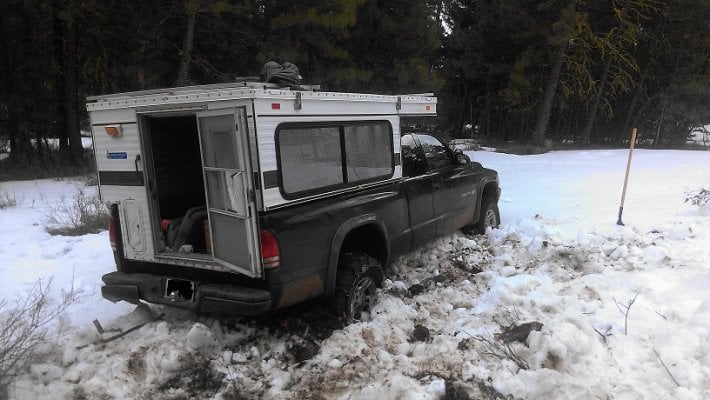I have gone back and forth and whether to just get an ARB front bumper and mount a winch in it or just install a front receiver and get a winch and bracket for the front receiver. The front receiver concept is appealing because it cheaper and gives me the option of not driving around with the front winch when I am using the truck (2015 Chevy 2500HD, Crew Cab, Standard Bed, Diesel) as a daily drive in crowded L.A. Any additional length in a crowded city is a PITA.
Warn makes a receiver, mounting plate, and of course a wide selection of winches.
I figure that I can just install the winch when I am heading out from the City, remove it when I return.
The front receiver concept also avoids messing with the front bumper, which on the diesel has a intercooler in the front, I think.
Thanks for the advice.
Warn makes a receiver, mounting plate, and of course a wide selection of winches.
I figure that I can just install the winch when I am heading out from the City, remove it when I return.
The front receiver concept also avoids messing with the front bumper, which on the diesel has a intercooler in the front, I think.
Thanks for the advice.

